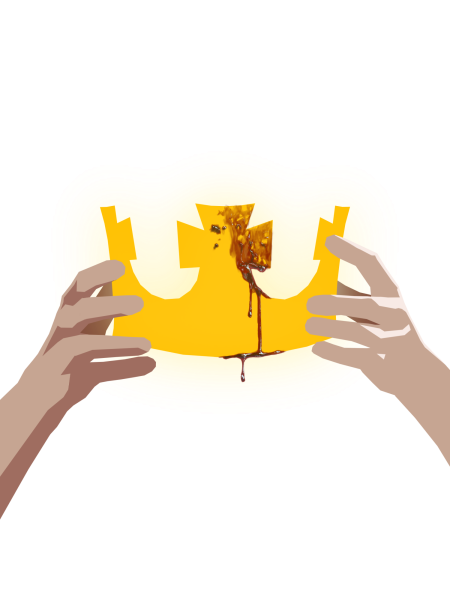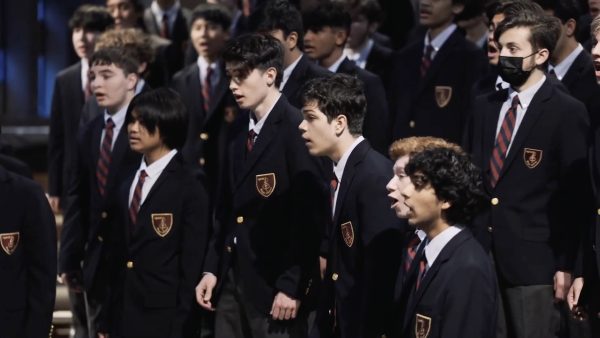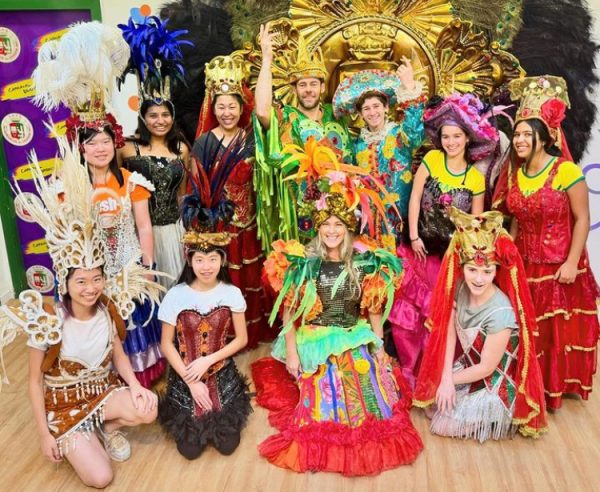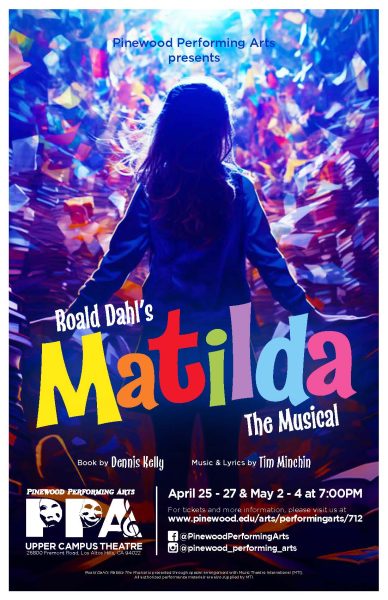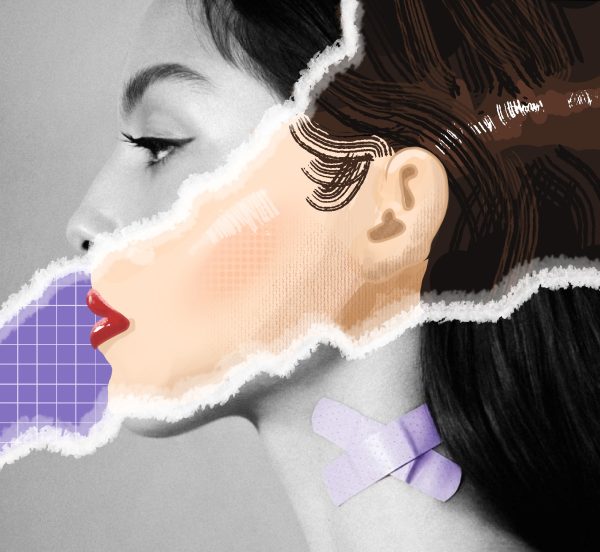Is It Modern Art or Just Modern? Examining the Centuries-Old Question
You find yourself face to face with a piece of modern art. Shapes and popping colors in all the wrong places. A squiggly black line running through the middle of a painting. Random red rectangles under blue circles. You wonder if it’s really art — but to answer the question of whether or not modern art is real art, the term art itself must first be defined.
In my opinion, art is a way of expressing thoughts and feelings through the use of visual works, which is where art mediums like painting and drawing are put into use. If someone searched up the definition online, they would get the standard Oxford Dictionary definition, which is “the expression or application of human creative skill and imagination, typically in a visual form such as painting or sculpture, producing works to be appreciated primarily for their beauty or emotional power.” While this definition gives a general idea of what art is, the real answer is that art is defined by the artist. Art does not have to be “human creative skill and imagination” like the Oxford Dictionary says. Art could be made by an elephant given a paint brush, or even artificial intelligence.
Nowadays, modern art is stereotypically seen as a money laundering scheme and often subjected to disparaging opinions, typically accompanied with phrases such as, “Oh, please — I could do that.” But what these opinions fail to shed light on is the context in which these pieces are created. Art is seldom created without deeper meaning or backstory, especially within the modern art time frame, which lasted from the 19th century until the late 20th century.
Take Pablo Picasso, one of the most renowned artists of all time and a prominent artist during the modern art era. A quick glance at any of his portraits shows that many of the proportions making up the faces bear no resemblance to real life. Oftentimes, his pieces include eccentric color palettes consisting of bright shades that would generally not be used in a realistic painting. Picasso did not follow realist art standards, which were far more favorable at the time. Instead, Picasso opted to follow his self-defined standard of art.


